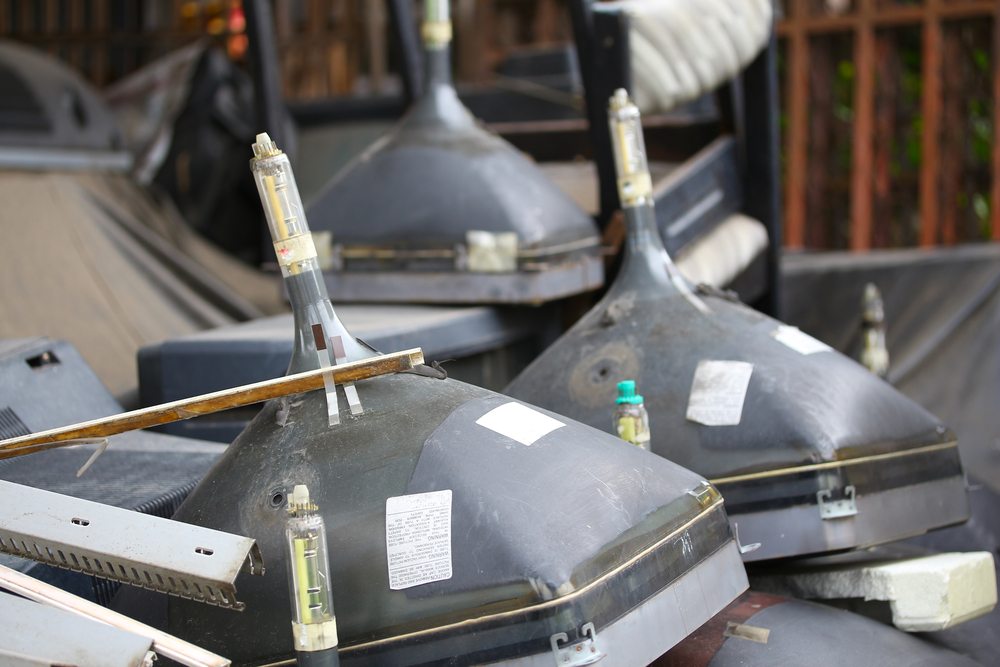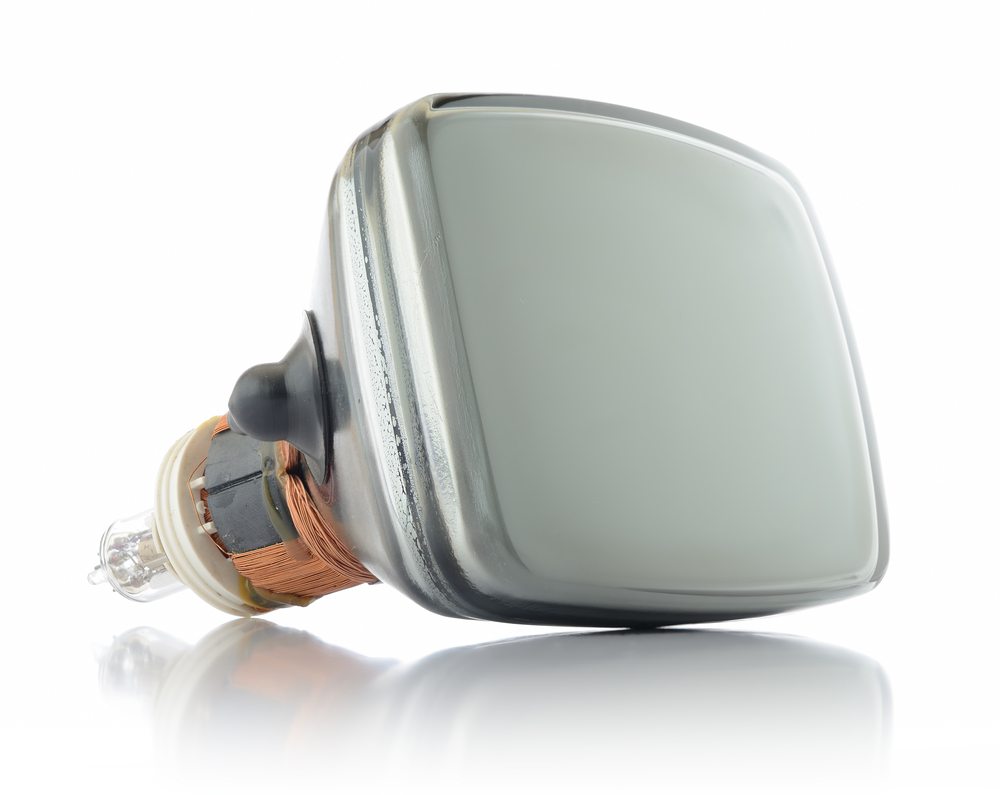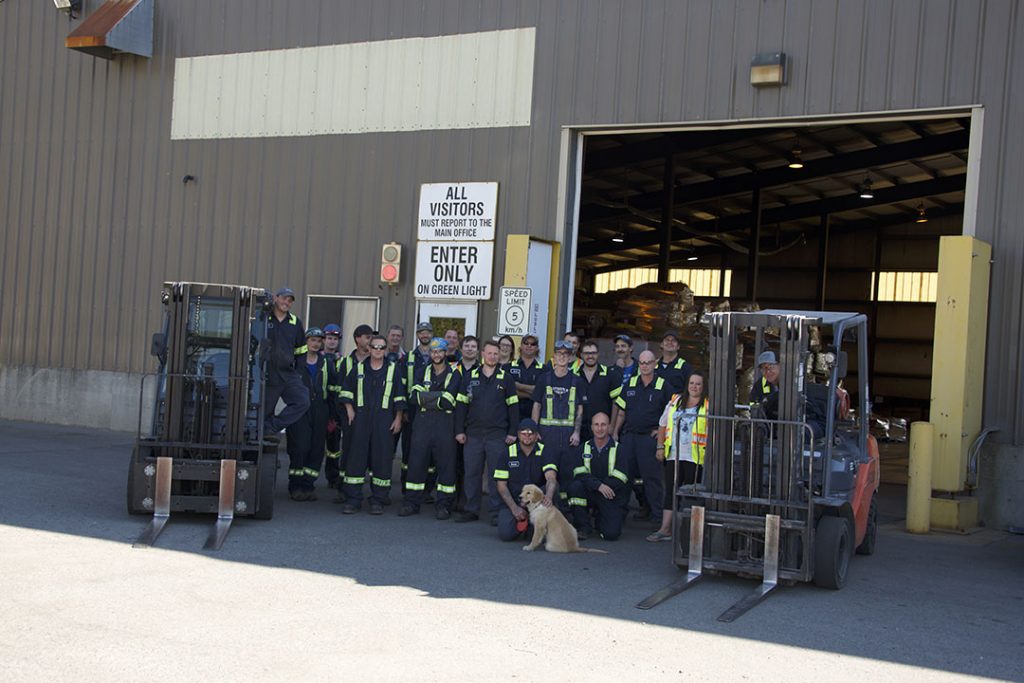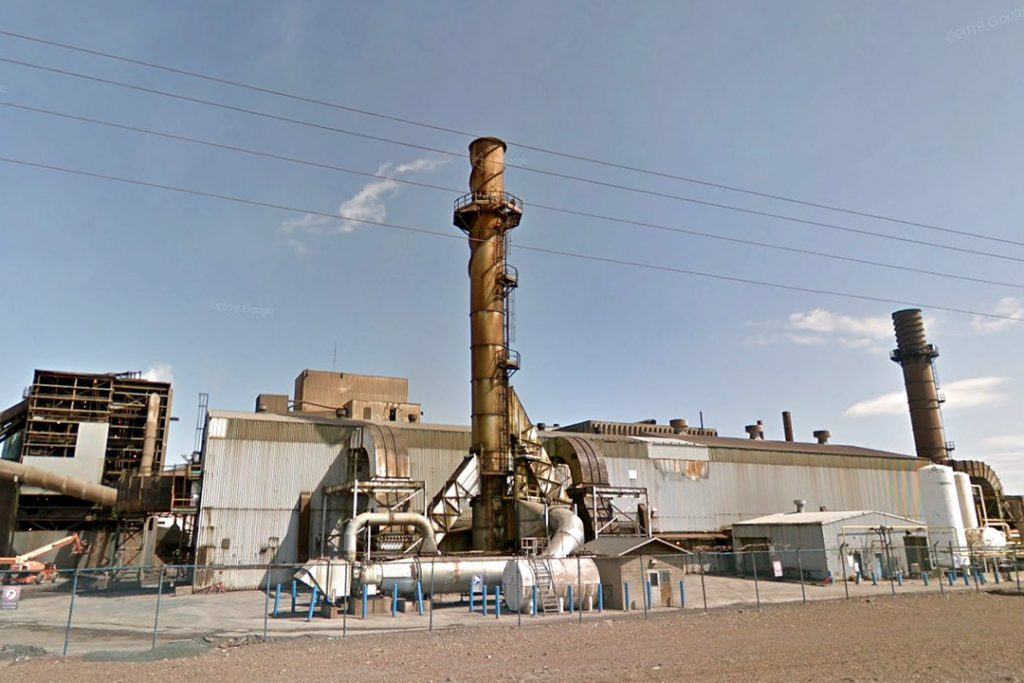

Data shows that the total pounds processed through California’s electronics recycling program have been falling since 2012. | Boonchuay1970/Shutterstock
This article has been corrected.
Over the past three years, fewer of California’s CRTs are going directly to hazardous waste landfills and more are flowing through intermediate glass processors, state data shows. But that may not mean more glass is ultimately being recycled.

A number of developments have taken place in the high-profile Ohio CRT case over the past month. | mojo cp/Shutterstock
An Iowa solid waste commission agreed to pay nearly $240,000 to help fund removal of CRT materials abandoned in Ohio, and two e-scrap operators agreed to pay lower amounts. Meanwhile, settlement negotiations continue with one of the largest suppliers. Continue Reading

NovoTec has already begun shipping glass to the new destinations. | HomeArt/Shutterstock
NovoTec Recycling finalized contracts to ship CRT glass to smelters in British Columbia and South Korea. The total glass capacity is greater than what NovoTec sent to Glencore’s now-closed smelter.

UNICOR is not admitting any wrongdoing or liability by agreeing to the settlement. | corgarashu/Shutterstock
Federal Prison Industries agreed to pay nearly $650,000 to settle allegations the organization is liable to help clean up CRT glass it shipped to Closed Loop Refining and Recovery.

A total of 18 defendants have agreed to settle to date. | Chodyra Mike/Shutterstock
The field of companies fighting Closed Loop Refining and Recovery’s former Ohio landlords continues to decrease, after three more defendants agreed to settle.

A current lawsuit focuses on which stakeholders are responsible when CRTs are stockpiled rather than properly recycled. | Boonchuay1970 / Shutterstock
We may have gotten it all wrong. After almost two decades spent on setting up a policy framework to ensure that CRT TVs and monitors were sent to proper recycling channels, millions and millions of pounds of CRTs are instead stacked in warehouses across the country. Continue Reading

Staff at KC Recycling in Trail, B.C. | Courtesy of KC Recycling.
KC Recycling, which prepares CRT glass for Teck’s lead smelter in British Columbia, is doubling its glass-processing capacity. The move is in response to Glencore closing its New Brunswick smelter.

Doe Run has become an increasingly important outlet for CRT processors in recent years. | pnuar006/Shutterstock
Doe Run was hit with a $1.2 million fine for violating environmental regulations at its Missouri lead smelter, an outlet for leaded CRT glass.

A view of Glencore’s smelter in Belledune, New Brunswick. | Google Street View
Glencore is permanently closing its New Brunswick lead smelter, which consumes millions of pounds of CRT glass each year.
